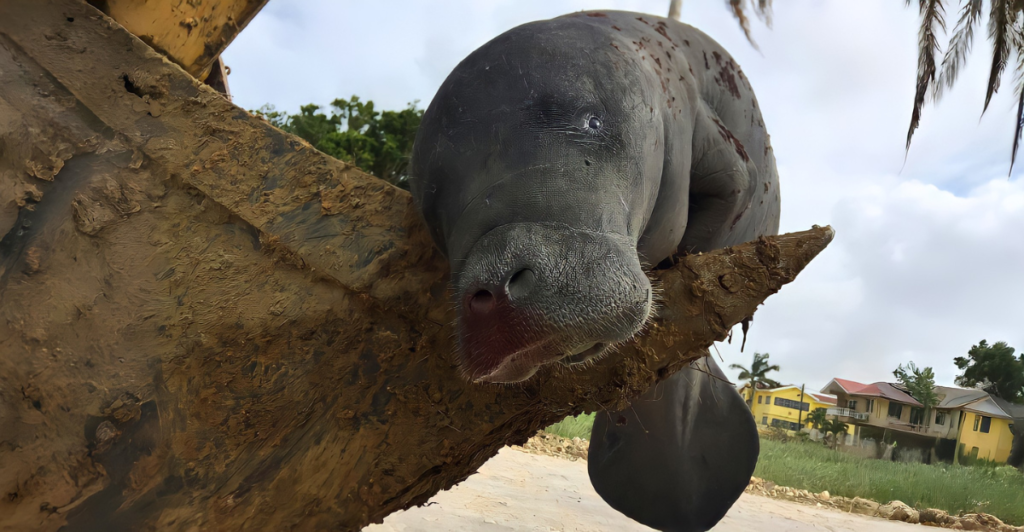
Our planet is home to some of the most diverse and amazing animals. Ecosystems rely on an intricate network of organisms working together to achieve a complete an harmonious balance, but through various factors, many animals are now facing extinction in 2025.
European Mink
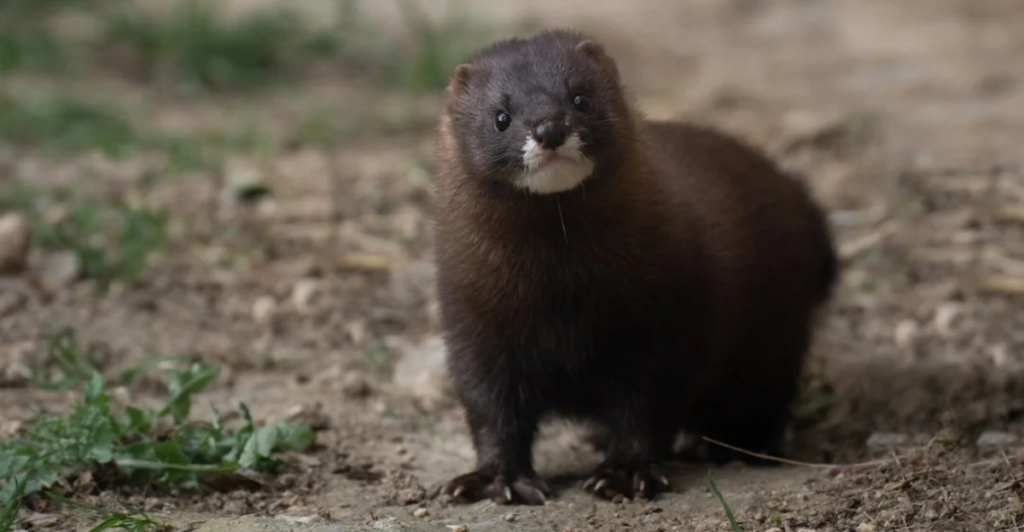
The most endangered animal in Europe is the European mink. Their population is suffering due to habitat loss, hunting, and competition from invasive species, such as the American mink. Conservation work is monitoring the population in the Carpathian Mountains in Romania and trying to restore their habitat.
Antillean Manatee
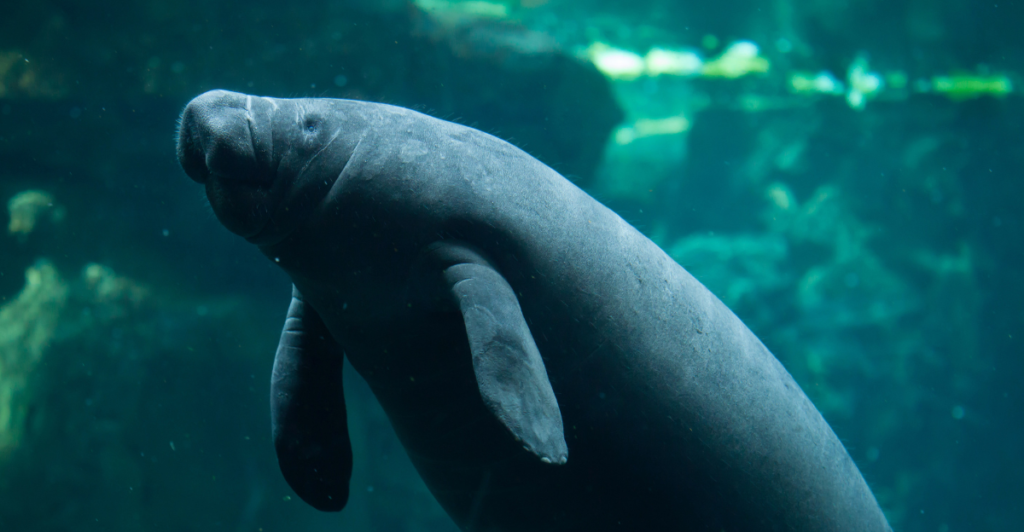
Antillean manatees have a long and complicated history of population deficiencies. Not being very fast, they were overhunted by people centuries ago, but today, they face modern issues like water pollution and habitat loss. A group called Fauna and Flora International is looking into recovery plans for their habitat, which is largely mangrove forests.
Grey-Shanked Douc Langur
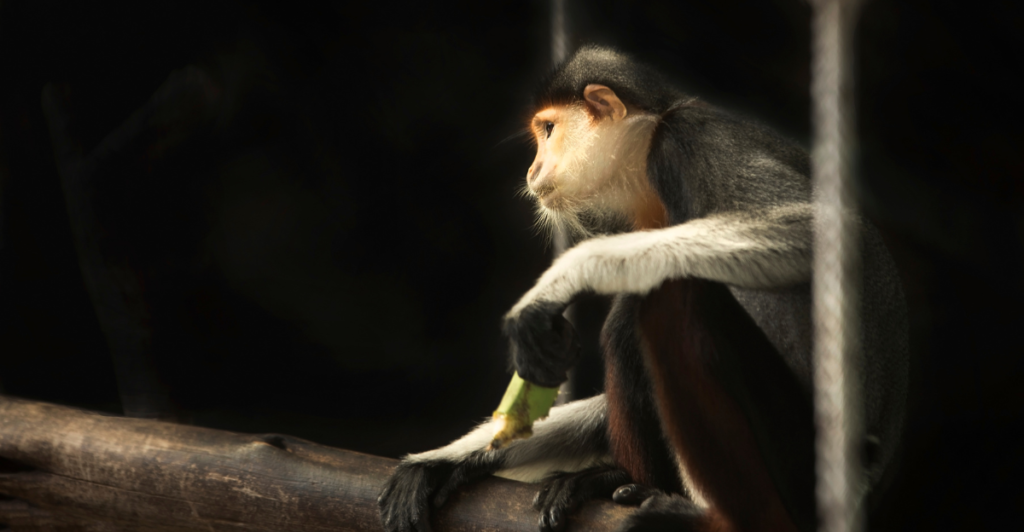
The grey-shanked Douc Langur is a primate that is threatened due to overhunting for bushmeat and traditional medicine. Captive breeding programs hope to raise the population to a stable number, although deforestation and climate change still remain a big risk factor among the species.
Nguru Spiny Pygmy Chameleon
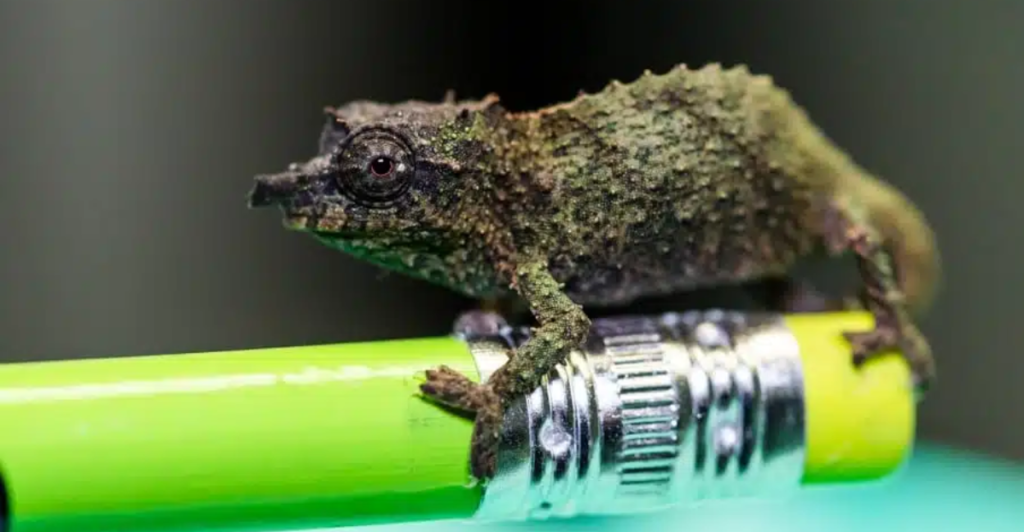
In Tanzania’s Nguru Mountains, there’s a small and unique population of chameleons called the Nguru spiny pygmy chameleon. They face wildlife fragmentation and shrinkage. Currently, researchers are trying to track the population to better understand what conservation efforts can be undertaken.
Steppe Tortoise
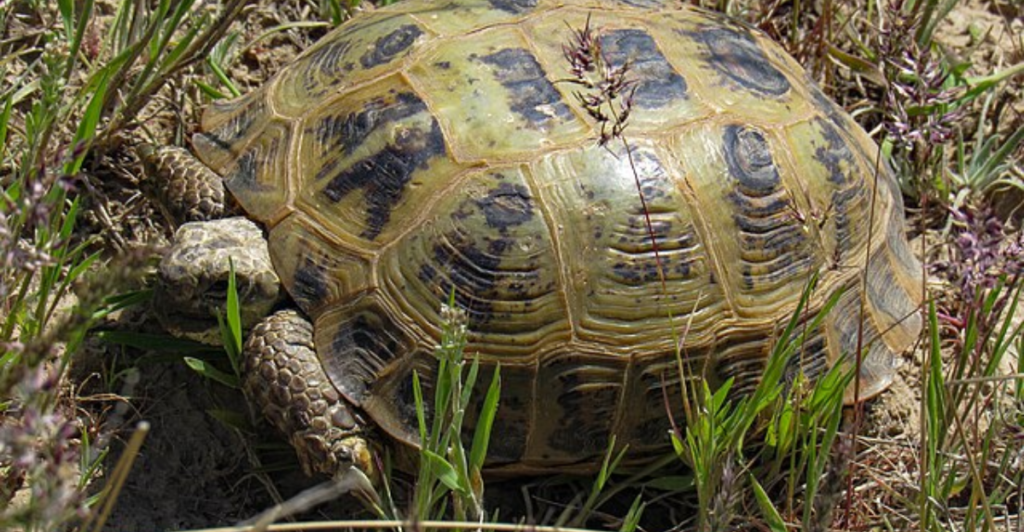
The steppe tortoise dwells in the Eurasian grasslands, but their population is facing increased threats of habitat destruction and climate change, affecting their routines. The tortoises emerge in the winter, only having around three months to forage for the necessary food to reproduce.
Great Hornbill
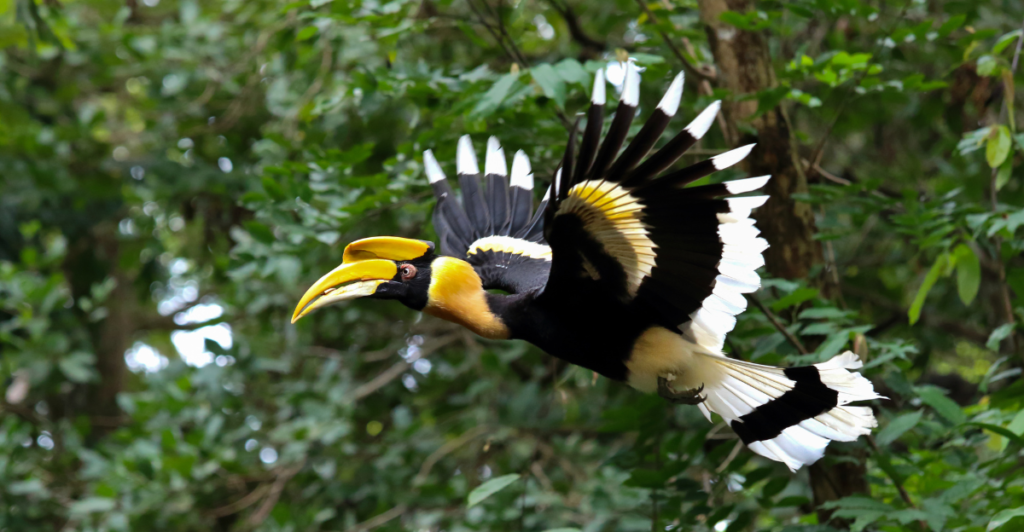
The great hornbill is an iconic bird from Asia, but it is vulnerable as the effects of deforestation are still apparent. They are also hunted for their bills, which often result in a rapid decline of the species in places like Sumatra.
African Wild Dog
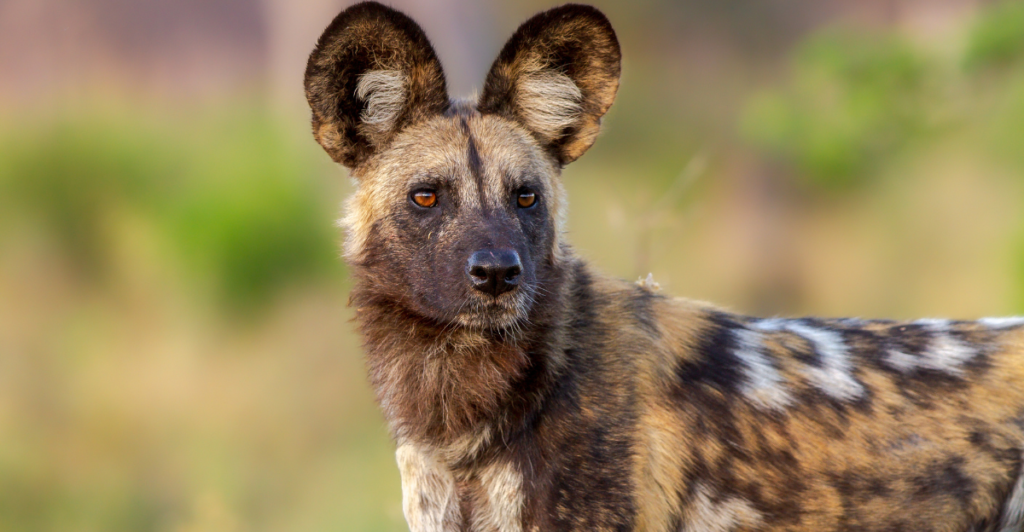
The African wild dog is one of the most endangered predators in Africa. They are frequently a target for locals as animal-human conflict remains high. Anti-poaching patrols are thought to aid in keeping them protected, but it remains to be seen how effective this will be.
African Forest Elephant
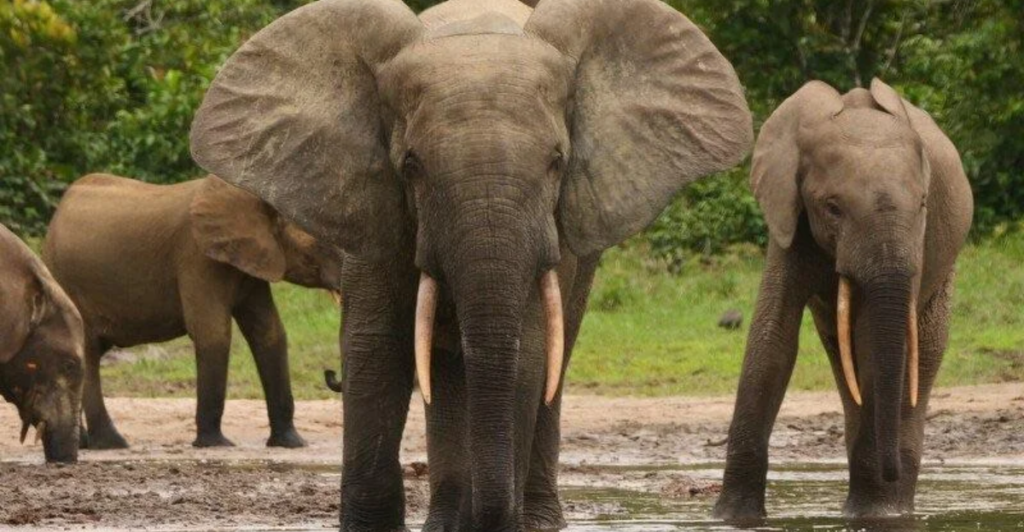
Just like the manatee, the elephant has long been a victim of poaching and habitat loss. They are important parts of their ecosystem and as their population declines, the balance of the habitat is also thrown off. Slow reproduction cycles only intensify the other risks they face.
Amur Leopard
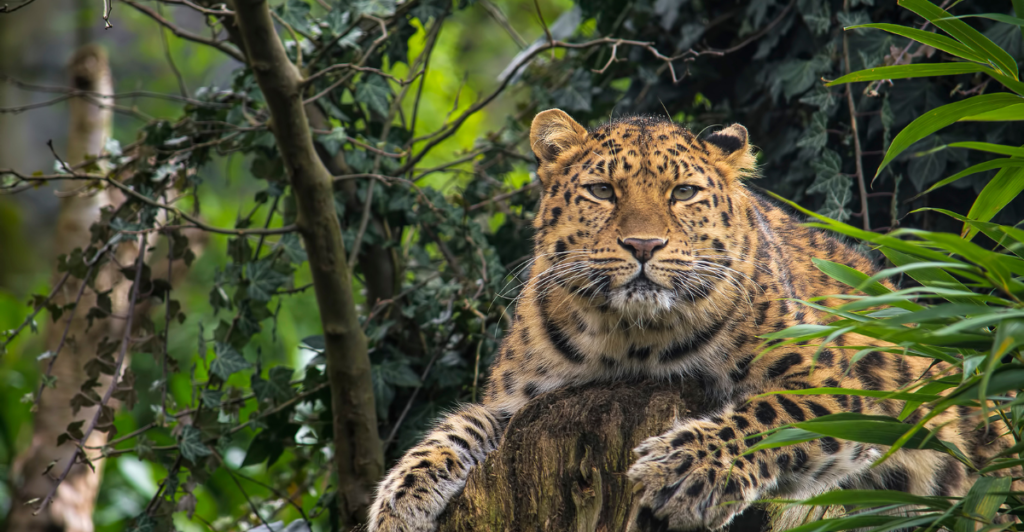
The Amur leopard has less than 100 individuals in the wild between China and Russia. They are threatened by habitat loss and are sometimes poached for their pelt. Their habitat must be protected with anti-poaching legislation put into place to mitigate the damage to their already tiny population.
Bornean Orangutan
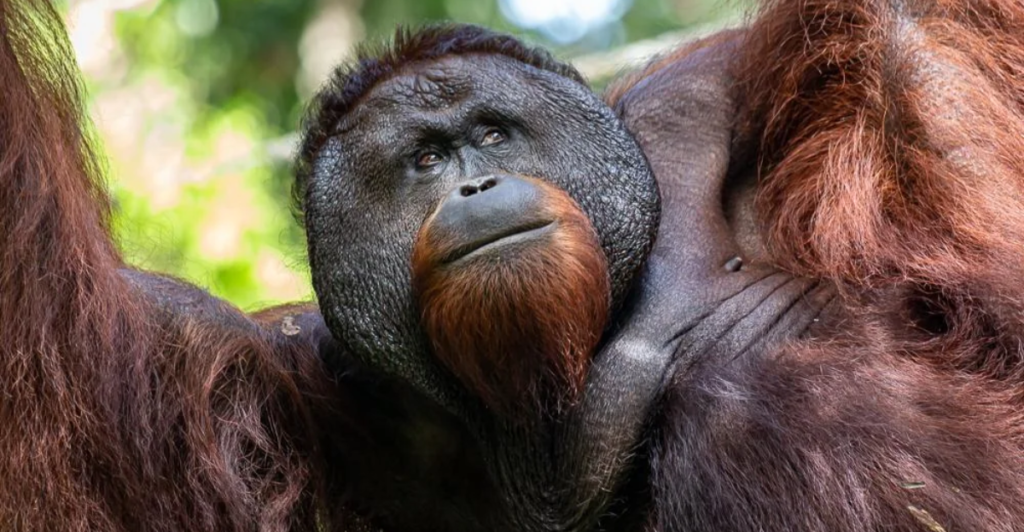
Bornean orangutans have been hit hard by deforestation as palm oil has become a more demanded product. Reforestation efforts could improve their numbers, but anti-trafficking measures should also mitigate the risks to their species.
Cross River Gorilla
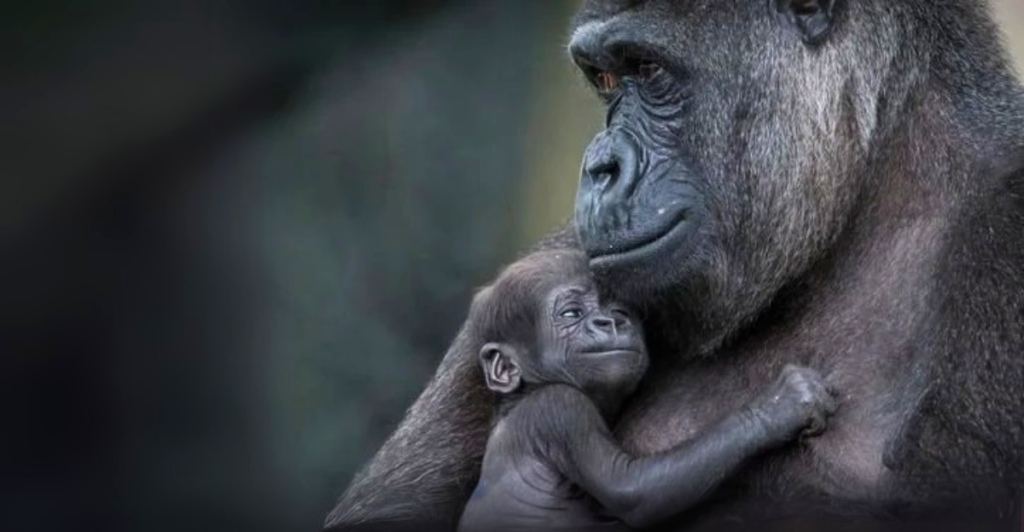
The cross river gorilla is one of the rarest ape subspecies in Africa and has been severely affected by diseases and are hunted for bushmeat. Their remote habitats coupled with limited funding has resulted in less than desired conservation in Nigeria and Cameroon.
Yangtze Finless Porpoise
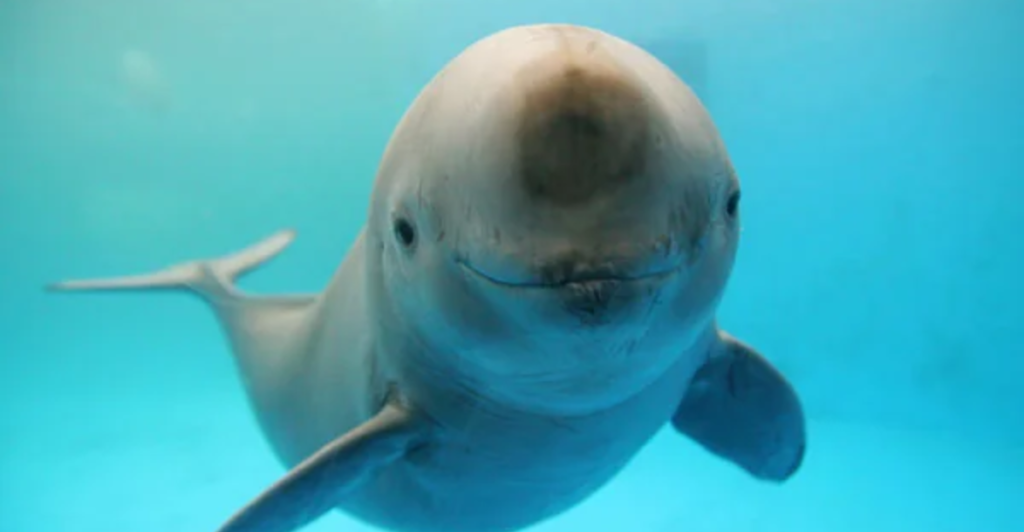
The Yangtze finless porpoise is sometimes called China’s “smiling angel.” The animal is critically endangered due to overfishing, pollution, and dams hindering their migration efforts. Their extinction can be prevented if their habitat can be recovered and regulations are put in place that protect them.
Mountain Chicken Frog
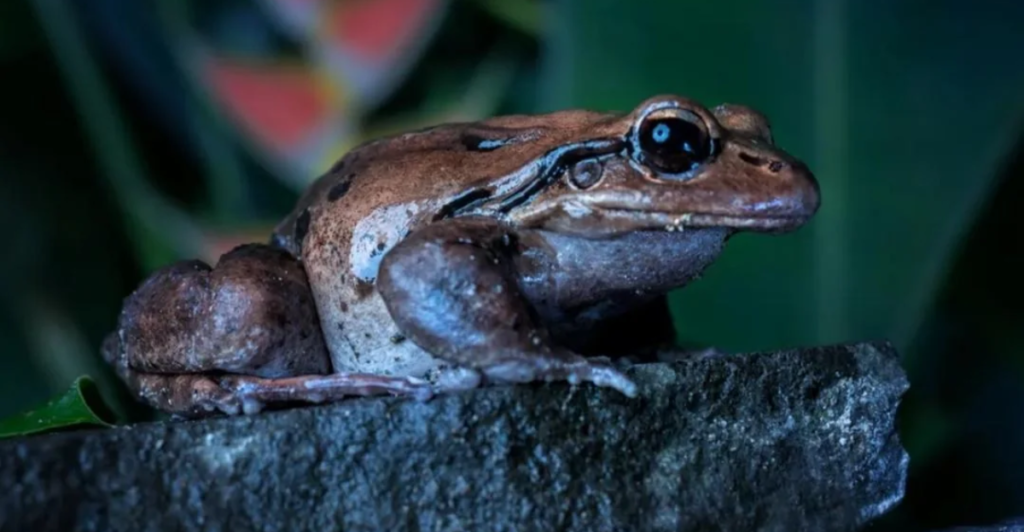
The mountain chicken frog is a Caribbean frog that has had disease and habitat loss decimate its population. Conservationists are trying to capture and breed the frogs in captivity to boost their population. Once their population has recovered adequately, they can be released into the wild.
Explore more of our trending stories and hit Follow to keep them coming to your feed!

Don’t miss out on more stories like this! Hit the Follow button at the top of this article to stay updated with the latest news. Share your thoughts in the comments—we’d love to hear from you!







